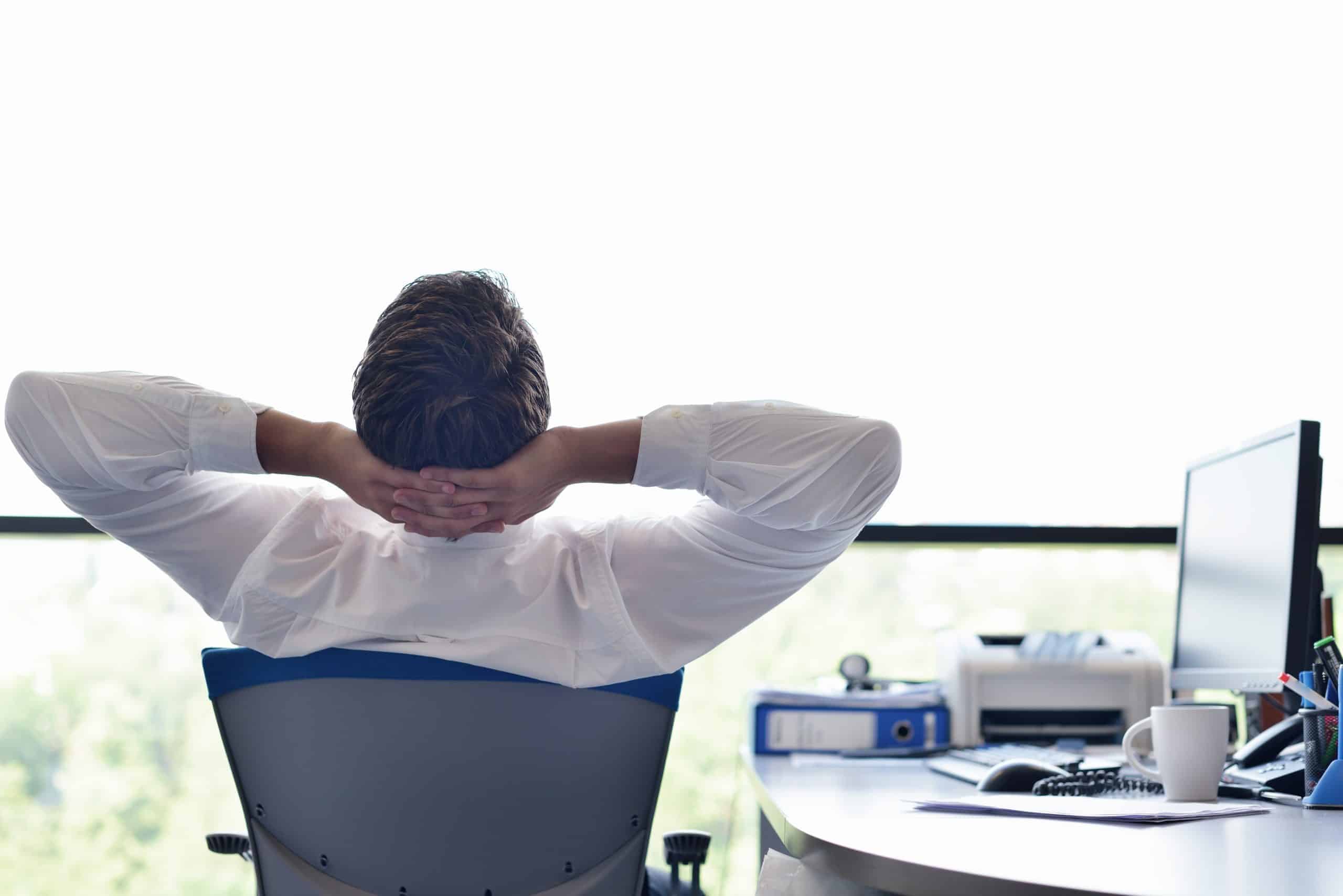These are three things about Anger I’ve found to be helpful. Understanding how Anger works in our lives is the first step to finding a lasting solution that leads to an anger-free life. I hope these ideas grow your understanding of Anger!
#1 Anger is Common but often Unrecognized
Everyone has anger. But not everyone recognizes it because anger can manifest in so many ways.
Everyone recognizes anger when it is expressed with rage, yelling, and visibly aggressive ways. But anger can appear in ways we don’t often consider. In ways where we internalize it or redirect it.
For example, most people don’t consider themselves angry when they express these types of actions:
Impatience, Sarcasm, Irritation, Frustration, Bitterness, Resentfulness, holding a Grudge, considering Revenge,
Yet each of these are common forms of expressing anger!
#2 Anger is not Good or Bad
Many of us believe that Anger is a bad thing. But if we think about it, we find that it is not the anger that is bad but how we respond to that emotion.
If I get angry but then decide to ignore it, then the result is good. If I get angry and then harm someone then the result is bad.
How I respond to my anger is what is really good or bad.
So anger is just an emotion we all have at times. Sometimes it causes us to rescue others from danger or threat. And sometimes it makes us the danger or threat.
It’s our choice how we respond.
#3 Behind our Anger is a Fear
Every time we feel angry, we are responding to a perceived threat. And that threat is causing some Fear deep inside us.
Yet most of us only realize the anger because that’s visible and the last thing we feel. But when we do, then we overlook the emotion of fear that came before the anger. Here’s an example.
I recently felt anger about a sarcastic comment I received on Facebook. Later I found out that it WASN’T sarcastic and that I had misunderstood my friend’s response. But at that moment I PERCEIVED that it was.
Thinking back I see this. My anger was aroused by my fear that my opinion was being ridiculed and feared that I was being unfairly attacked.
I was feeling threatened… and felt fear and responded in anger. And that is most often the sequence of emotions.
Final Thoughts about the Three
Each of these has a consequence in how we approach anger in our lives.
#1 means that most of us express anger more often than we believe. That’s why we will say “I’m not angry” when it is there simmering below the surface. Acknowledging the many ways anger works in our lives is a necessary step for finding solutions that work.
#2 means that anger is not the only real issue. It is a surface-level symptom of something else that we don’t often recognize. We also should see that some anger is needed as a healthy part of our life. And “HOW” we express our anger is part of the choices we make in life.
#3 has implications on how we work on our anger. If we spend our efforts trying to change our feelings of anger, it probably won’t work. We must find the perception and then the fear behind the anger. Once we have fear in our sights, then we can begin to resolve the real issue.
There are other things about anger I will offer in other posts but I sincerely hope these three have helped you in your journey to a life with more peace!

